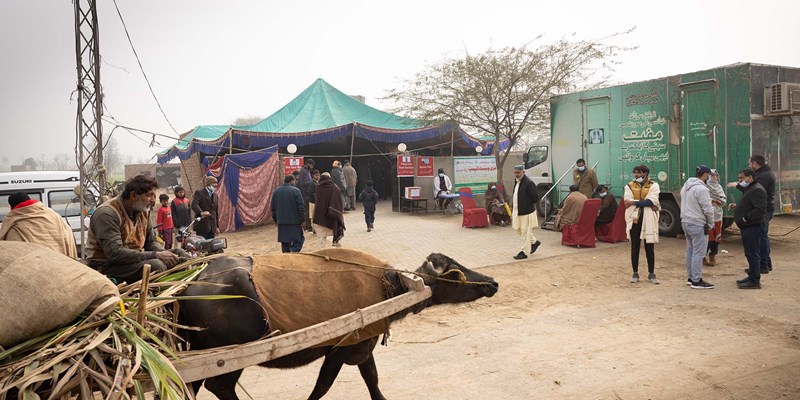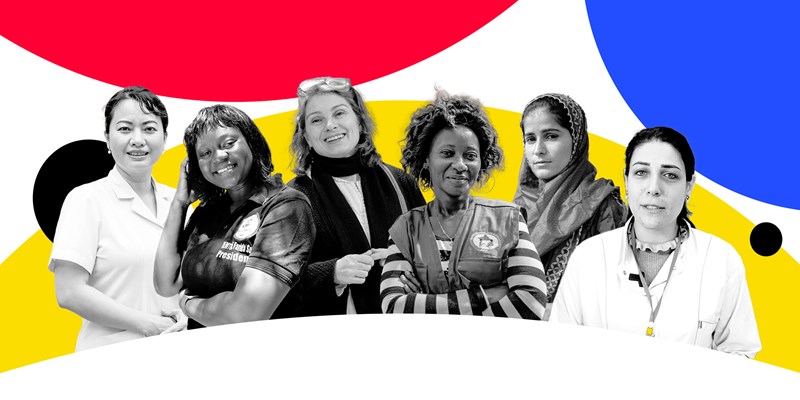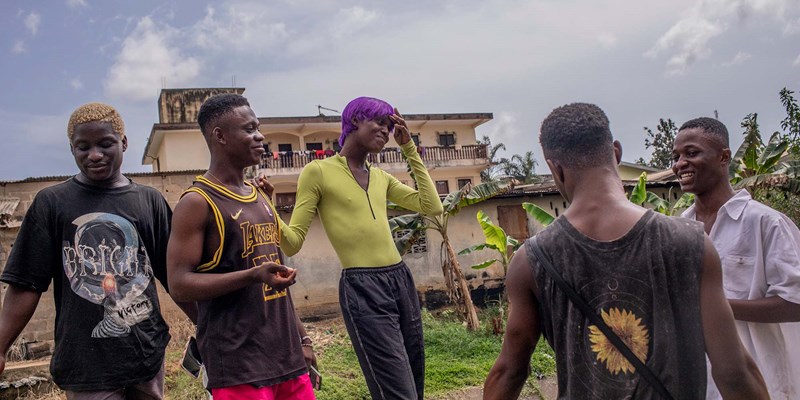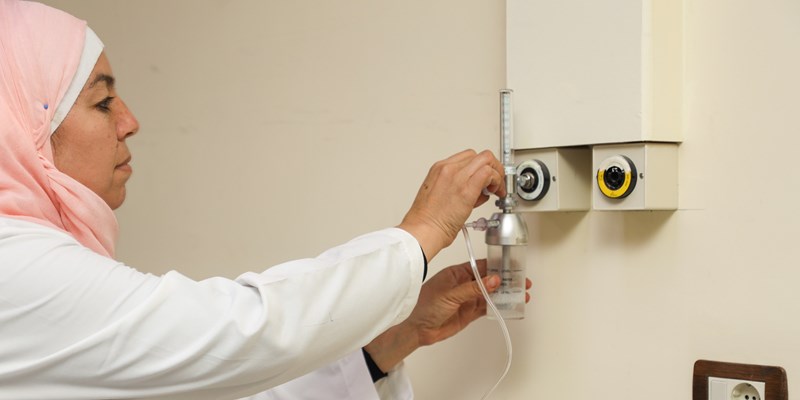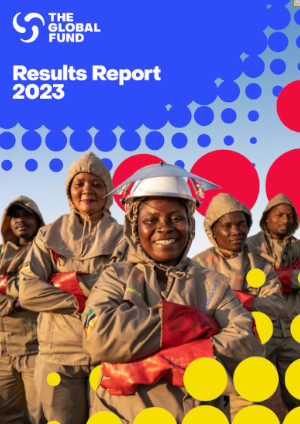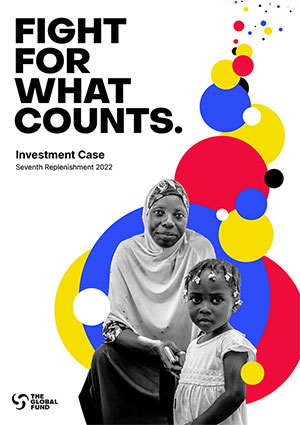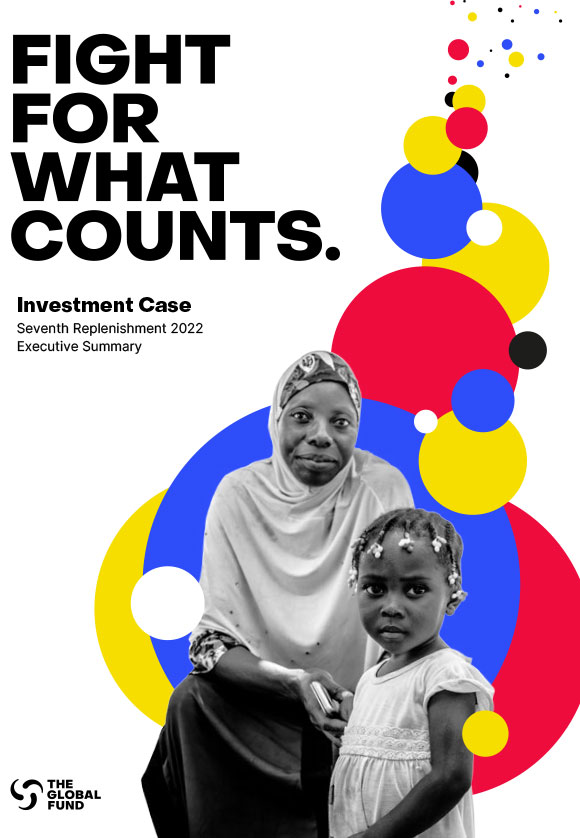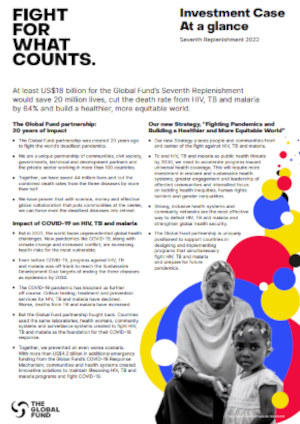Global Fund grants deliver substantial new results
30 November 2005
75% Increase in AIDS Treatment and 150% Growth in Distributed Bed Nets in Six Months
Geneva - With 323 grants to combat HIV/ AIDS, TB and Malaria in 130 countries, Global Fund grants are proving that where money is invested, treatment and prevention efforts are working.
Newly compiled performance results show that as of end November, 384,000 people have begun Antiretroviral (ARV) treatment through Global Fund supported programs-- up from 220,000 six months ago, and nearly triple the number of ARV recipients funded by Global Fund resources one year ago.
Taken together, Global Fund supported programs to combat malaria expanded distribution of insecticide treated bed nets to 7.7 million, up from 3.1 million six months ago. In addition, tuberculosis programs have detected and treated more than one million TB cases through DOTS (Directly Observed Short Course Treatment).
"There has long been a sense that these epidemics are overwhelming, but we now see that investments work," said Richard Feachem, the Executive Director of The Global Fund to Fight AIDS, Tuberculosis and Malaria. "These results are exciting, and they are good as they are solely due to the tremendously hard and courageous work done by thousands of health workers around the world."
Results at a Glance
| Intervention | Dec 2004 | May 2005 | Dec 2005 | Increase since May 2005 |
| HIV: People on ARV treatment |
130,000 |
220,000 |
384,000 |
75% |
| TB: Cases treated under DOTS |
385,000 |
600,000 |
1 million |
67% |
| Malaria: Insecticide-treated nets distributed |
1.35 million |
3.1 million |
7.7 million |
150% |
Global Fund support for efforts to combat HIV account for 56 percent of the Global Fund portfolio, and the newly released figures put these grants slightly ahead of schedule to achieve the target of 1.8 million ARV recipients by the end of their five-year lifespan. Global Fund grants to combat HIV/AIDS contain both treatment and prevention components, with allocation of resources to these service categories at approximately half to each, across the portfolio of HIV/AIDS grants. Figures reflecting support for prevention as well as treatment programs by Global Fund grants include 3.9 million people provided with HIV testing and counseling, and 7 million people reached with community outreach prevention.
Over the past three years, Global Fund financing has enabled nearly 30 countries to change from malaria drugs which have become increasingly ineffective to the new artemisinin-based combination therapy (ACT), which has the potential to drastically reduce mortality from malaria among children and pregnant mothers. In some countries, Global Fund grants have also provided new long-lasting insecticide treated bed-nets, which afford more durable, effective protection against malaria to vulnerable populations. The roll-out of ACT or other effective combination therapies and bed nets - in combination with targeted insecticide spraying and strengthening of expertise, infrastructure and training - is expected to reduce malaria mortality in large parts of Africa in the coming years.
On average, data compiled shows that grants to combat all three diseases are exceeding targets set out in their respective grant agreements, which serve as the basis of the Global Fund’s performance based grant evaluation. The new results released today represent the aggregation of numbers issued directly from reports on progress by individual grants.
The Global Fund currently contributes one quarter of all external donor resources worldwide to combat HIV/AIDS, two thirds of all external resources against tuberculosis, and well over half of all donor resources against malaria. While the new treatment and prevention figures demonstrate the Global Fund’s expanding track record in saving lives, raising awareness among vulnerable populations and preventing further infections, the Global Fund’s funding gap for years 2006 and 2007 threatens to curtail the momentum of funded programs as well as funding for new rounds of grants.
"The Global Fund needs substantial new resources over the next two years to continue its current financing and to begin to replace grants that have come to the end of their lives," says Carol Jacobs, the Chair of the Global Fund Board. "We can see that money already spent saves lives and strengthens countries’ abilities to fight the three pandemics. These are necessary investments."
At present, just 23 out of the 63 Round 5 grants recommended to the Board for approval have been funded due to the Global Fund’s resource shortfall for 2005. Additional Round 5 grants are expected to be approved by the Board in tranches as funds become available. With respect to future rounds of grants and continuation of currently-approved grants into a second phase, the Global Fund has received pledges for nearly US$ 4 billion against resource needs estimated at US$ 7 billion through 2007.
Results at a Glance
- More than 1.8 million people on antiretrovirals
- 62 million clients reached with voluntary counseling & testing services for HIV
- Over 1 million orphans supported through medical services, education and community care
- 5 million additional tuberculosis (TB) cases treated under DOTS treatment strategy
- 264 million artemisinin-based combination treatments for drug-resistant malaria delivered
- 109 million bed nets financed to protect families from the transmission of malaria
* Note that these figures include Round 5 proposals that are as of this date pending for approval subject to availability of sufficient additional funding
The Global Fund is a unique global public-private partnership dedicated to attracting and disbursing additional resources to prevent and treat HIV/AIDS, tuberculosis and malaria. This partnership between governments, civil society, the private sector and affected communities represents a new approach to international health financing. The Fund works in close collaboration with other bilateral and multilateral organizations to supplement existing efforts dealing with the three diseases.
Apart from a high standard of technical quality, the Global Fund attaches no conditions to any of its grants. It is not an implementing agency, instead relying on local ownership and planning to ensure that new resources are directed to programs on the frontline of this global effort to reach those most in need. Its performance-based approach to grant-making is designed to ensure that funds are used efficiently and create real change for people and communities. All programs are monitored by independent organizations contracted by the Global Fund to ensure that its funding has an impact in the fight against these three pandemics.
